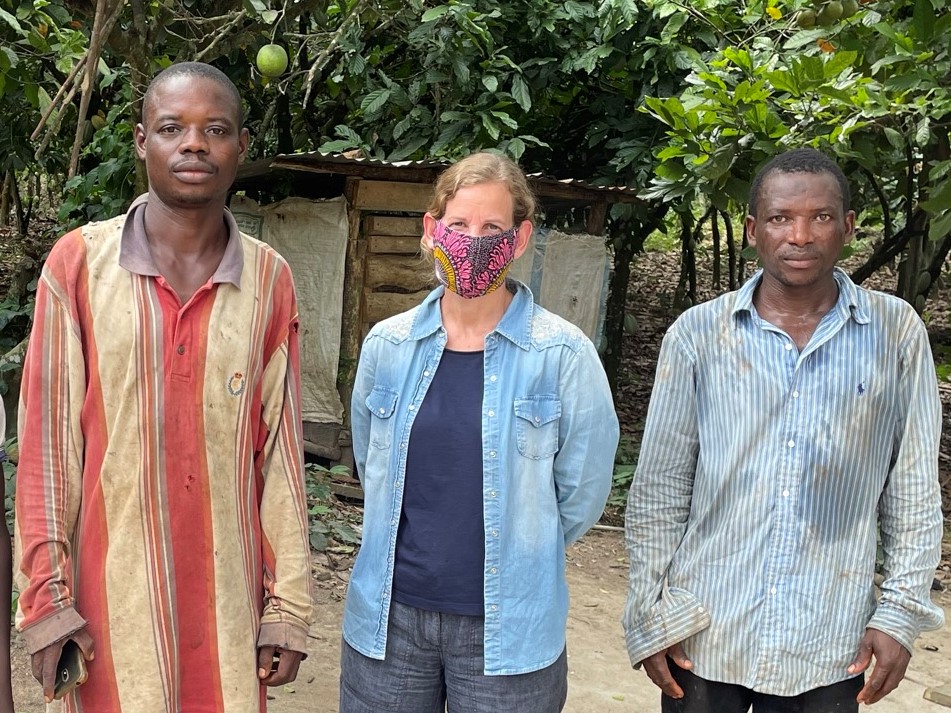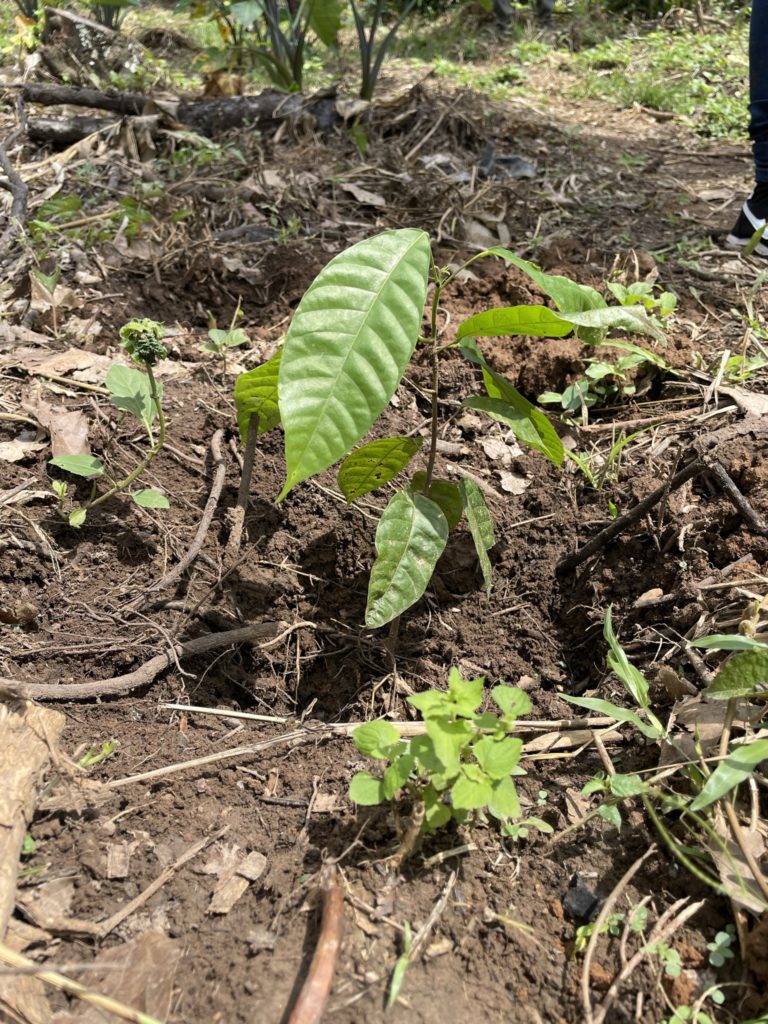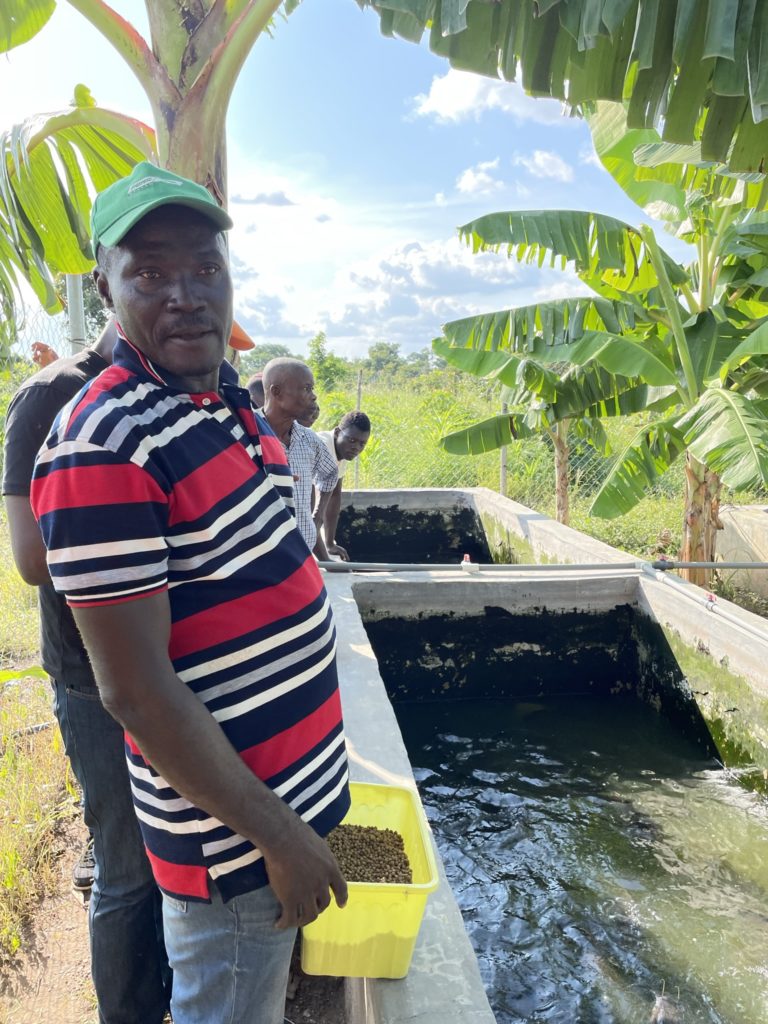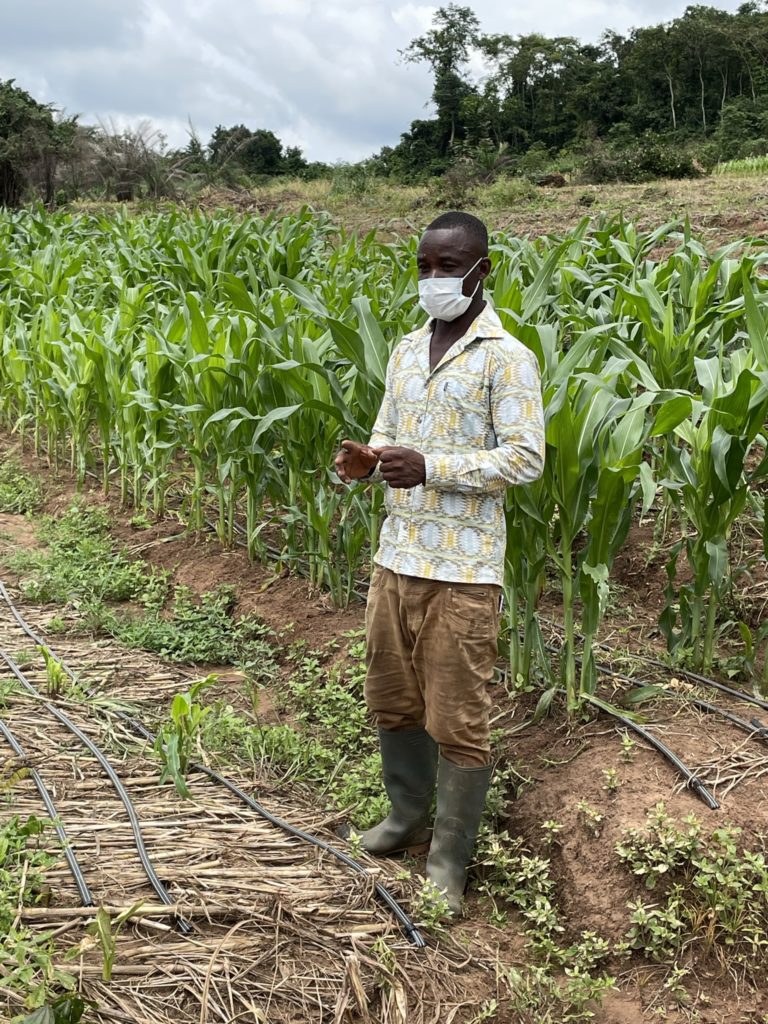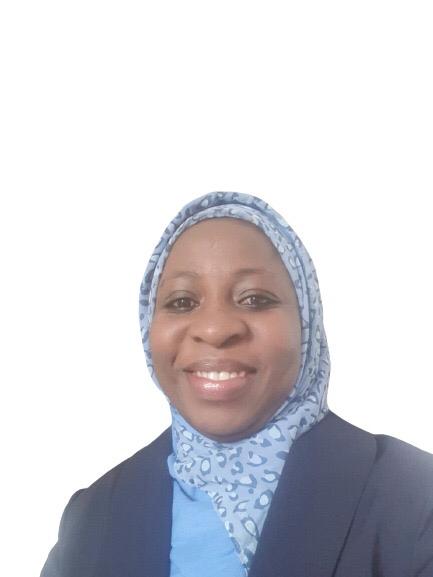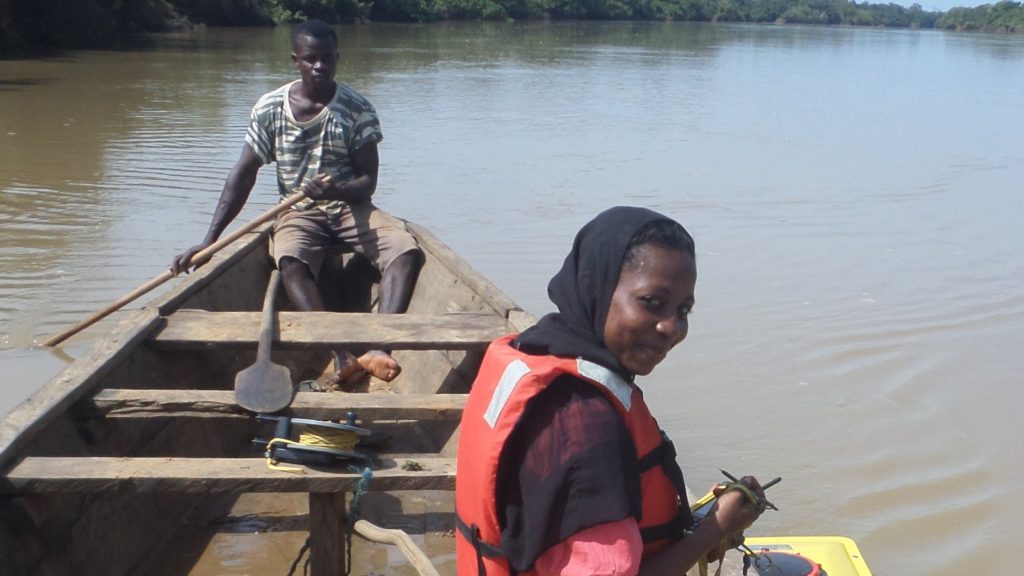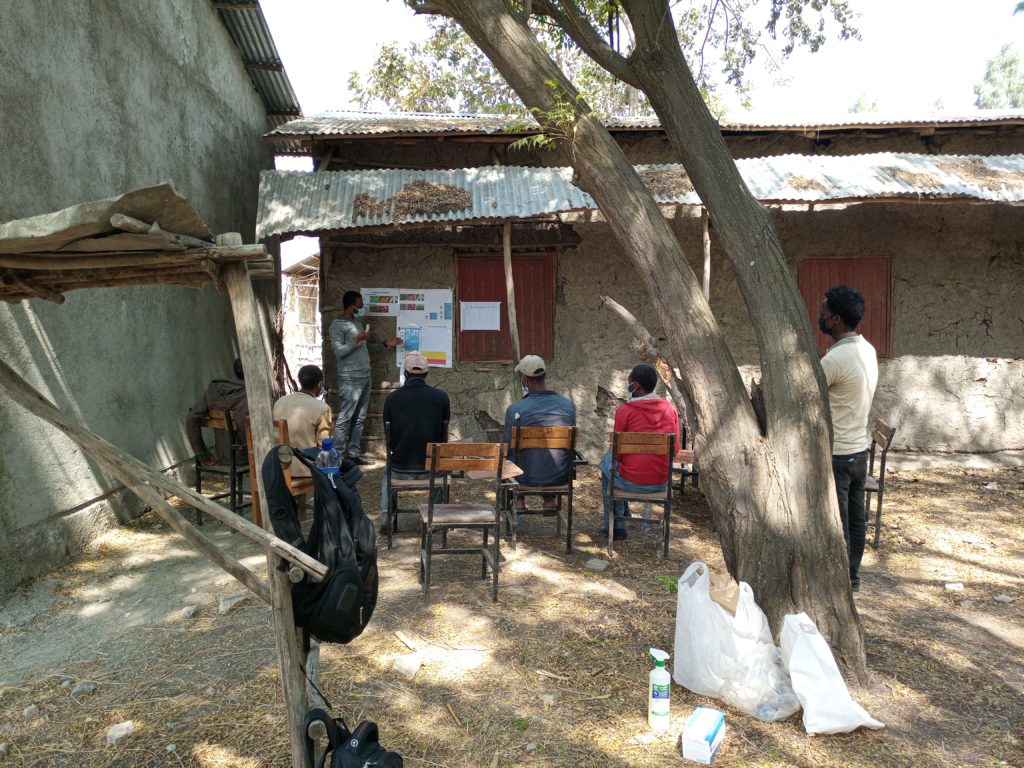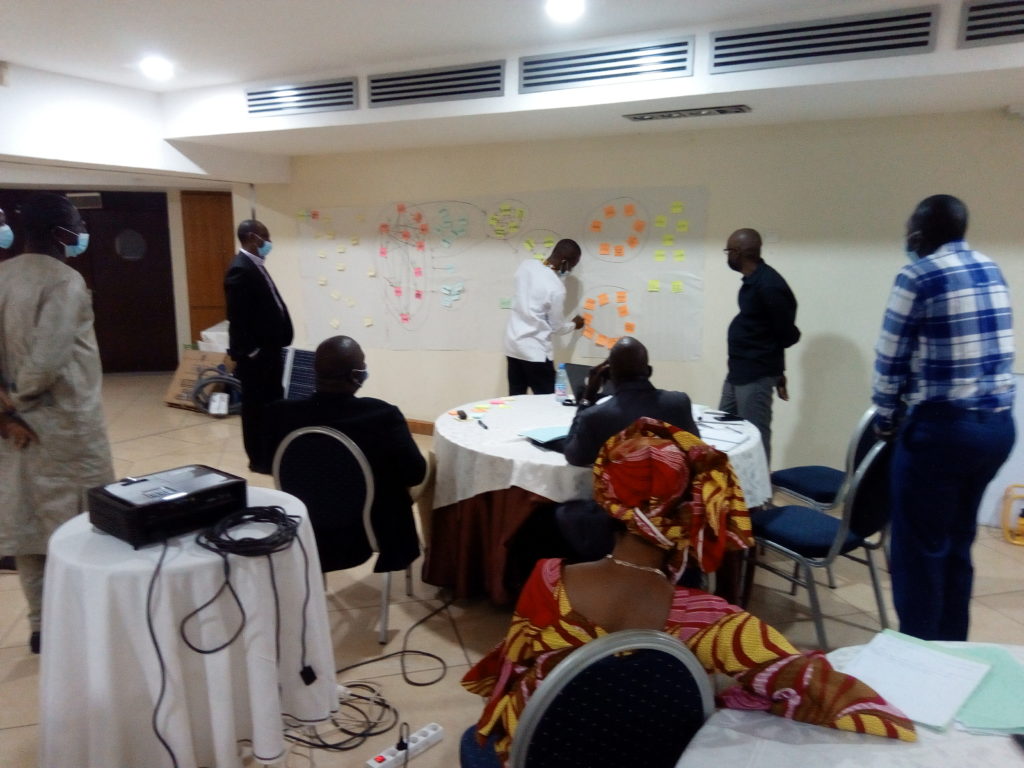The Africa Water and Sanitation Week (AWSW), on 22-26 November, was convened by the African Ministers Council on Water (AMCOW) in conjunction with the African Union Commission and organized with other development partners.
ILSSI partners presented a session on strengthening groundwater governance through social learning – view the full session below.

